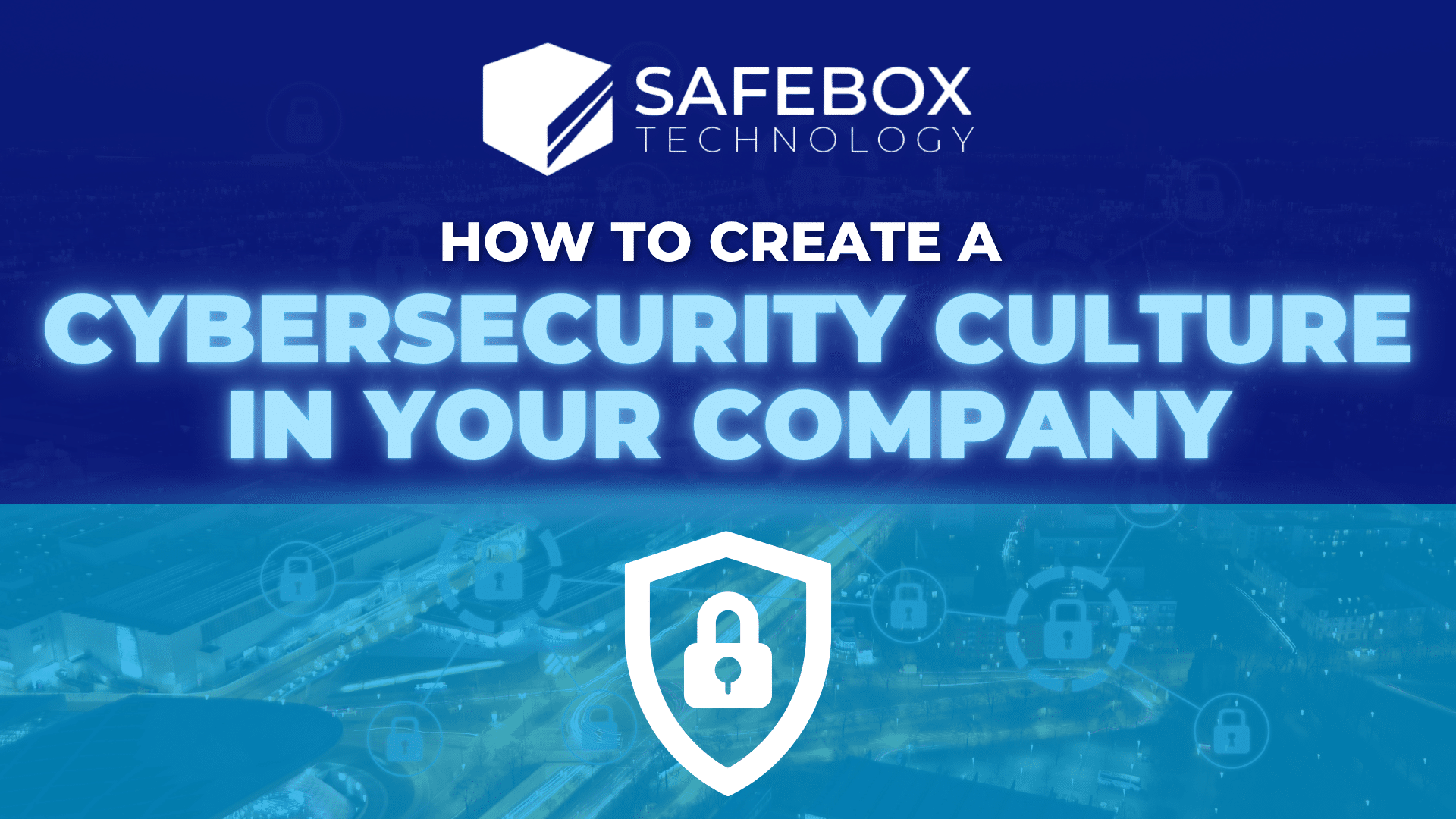Cybersecurity isn’t just an IT department’s concern; it’s a company-wide responsibility. And like any meaningful organizational change, building a cybersecurity culture starts with people, not just policies.
A strong cybersecurity culture isn’t built overnight. Every level of the organization, from entry-level workers to senior executives, needs to be on board with it and communicate clearly. They also need to be rewarded for their good behavior. For business leaders and IT directors looking to create lasting change, it’s time to think less about firewalls and more about psychology, training, and shared accountability.
Why Culture Beats Technology (Every Time)
Let’s be clear: technology alone can’t resolve a human problem. You can deploy the most advanced endpoint detection tools on the market, but if an employee clicks on a phishing link or reuses a weak password across multiple systems, you’re still vulnerable.
95% of cybersecurity threats are due to human error, according to data from CyberneticSearch. This statistic should reframe how we think about cybersecurity. It’s about changing behavior.
IT security awareness has become a critical part of modern risk reduction strategies. Individuals are much more likely to take responsibility for safeguarding data and systems if they know why something is important and how their actions impact the whole organization.
Make Security a Shared Responsibility
One of the fastest ways to erode trust in a security program is to treat it like an “IT problem.” The reality is that a thriving cybersecurity culture depends on cross-functional collaboration between IT, HR, leadership, and every department.
That begins by framing cybersecurity as a compliance checkbox and a shared value. It should be embedded into onboarding processes, discussed in team meetings, and modeled by leadership.
When employees see cybersecurity as part of everyday tasks and not something they’re reprimanded for when one thing goes wrong, they’re more likely to prioritize it.
Training Isn’t Enough; You Need Reinforcement
Let’s talk about training. Most companies do it. Fewer do it well.
You must provide IT security awareness training, but that’s the start. What matters more is what comes after the training session. According to research from MIT Sloan, while many organizations offer cybersecurity education, very few tie that knowledge to performance evaluations, KPIs, or incentives. That’s a missed opportunity.
To promote security awareness in workplace settings, you must treat cybersecurity behaviors like sales metrics, customer service benchmarks, or operational goals. That means:
- Rewarding employees who report phishing attempts.
- Recognizing teams that hit awareness milestones.
- Making security practices part of performance reviews.
When people know their efforts are noticed and appreciated, behavior changes faster and sticks longer.
Speak Their Language
A common pitfall in building a cybersecurity culture is using acronyms and technical lingo that alienates non-technical staff. If you want someone in HR, finance, or sales to understand what’s at stake, you need to translate risk into terms they care about.
For example, don’t say, “multi-factor authentication reduces attack surfaces.” Say, “Adding a second verification step makes it much harder for hackers to access your payroll system, even if someone’s password gets compromised.”
Relatable language builds clarity, which builds confidence and leads to better decision-making. And that’s how culture spreads: from clarity, not confusion.
Lead by Example
Culture is shaped from the top down. If executives use weak passwords or bypass VPNs because they “don’t have time,” it sets the tone for everyone else.
However, when leaders actively adhere to best practices, participate in training sessions, and engage in simulations, they effectively convey the message that security is a crucial concern.
That visibility matters. Leadership sets the example for employees to follow. If security is considered optional or low priority, it’ll always take a backseat to convenience.
Create Feedback Loops and Celebrate Wins
Security culture is a living thing. It changes, evolves, and can quietly erode. That’s why continuous feedback loops are critical.
Make it easy for employees to flag issues without fear of blame. Provide regular updates on company-wide security performance. And just as importantly, celebrate the win.
Caught a phishing email? Celebrate it. Hit a security training milestone? Recognize it in the company newsletter. These small cultural cues reinforce that security is about protection.
Culture Change is Continuous
A key point often overlooked in promoting security awareness in workplace initiatives is that culture doesn’t “go live” after one training or policy update. It’s not a switch you flip. It’s a mindset you cultivate.
Cybercriminals evolve. Threats change. And so must your people’s awareness. That means ongoing investment in education, open dialogue about new threats, and a commitment to treat cybersecurity as a continuous business priority.
Build Culture, Reduce Risk
Cybersecurity culture is something you embed. You reduce risk not just through firewalls and software but also through empowered people who understand their role in defending your business.
The good news is that help is available. You don’t have to do it alone.
Safebox Technology helps companies create meaningful, lasting change through a people-first approach to cybersecurity. From advanced awareness training and behavior-based simulations to real-time monitoring and continuous cultural reinforcement, our tools are built to help you reduce threats and shift how your team thinks about them.
Contact Safebox Technology and build a stronger, more innovative cybersecurity culture together.

